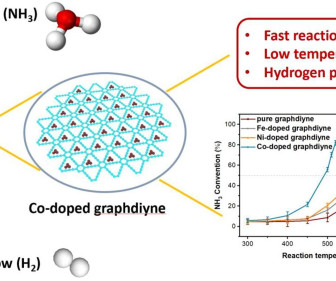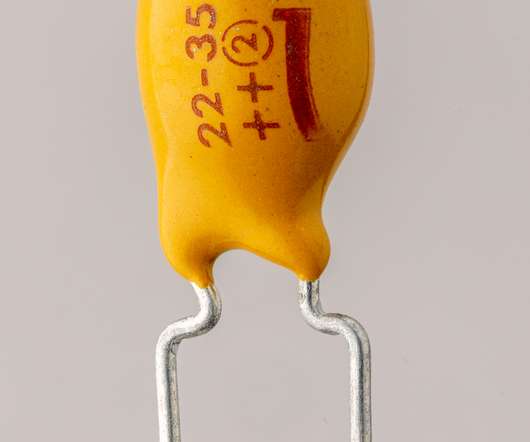Tesla & Chinese EV Makers Putting Lot of Weight on These Low-Cost EV Batteries
CleanTechnica EVs
JANUARY 15, 2022
” The batteries are lithium-iron-phosphate batteries — often referred to as LFP batteries. […]. According to Yang Jie at Wall Street Journal, “A less-expensive battery technology championed by Tesla Inc.’s s Elon Musk rose to dominate the world’s largest auto market last year.”


























Let's personalize your content